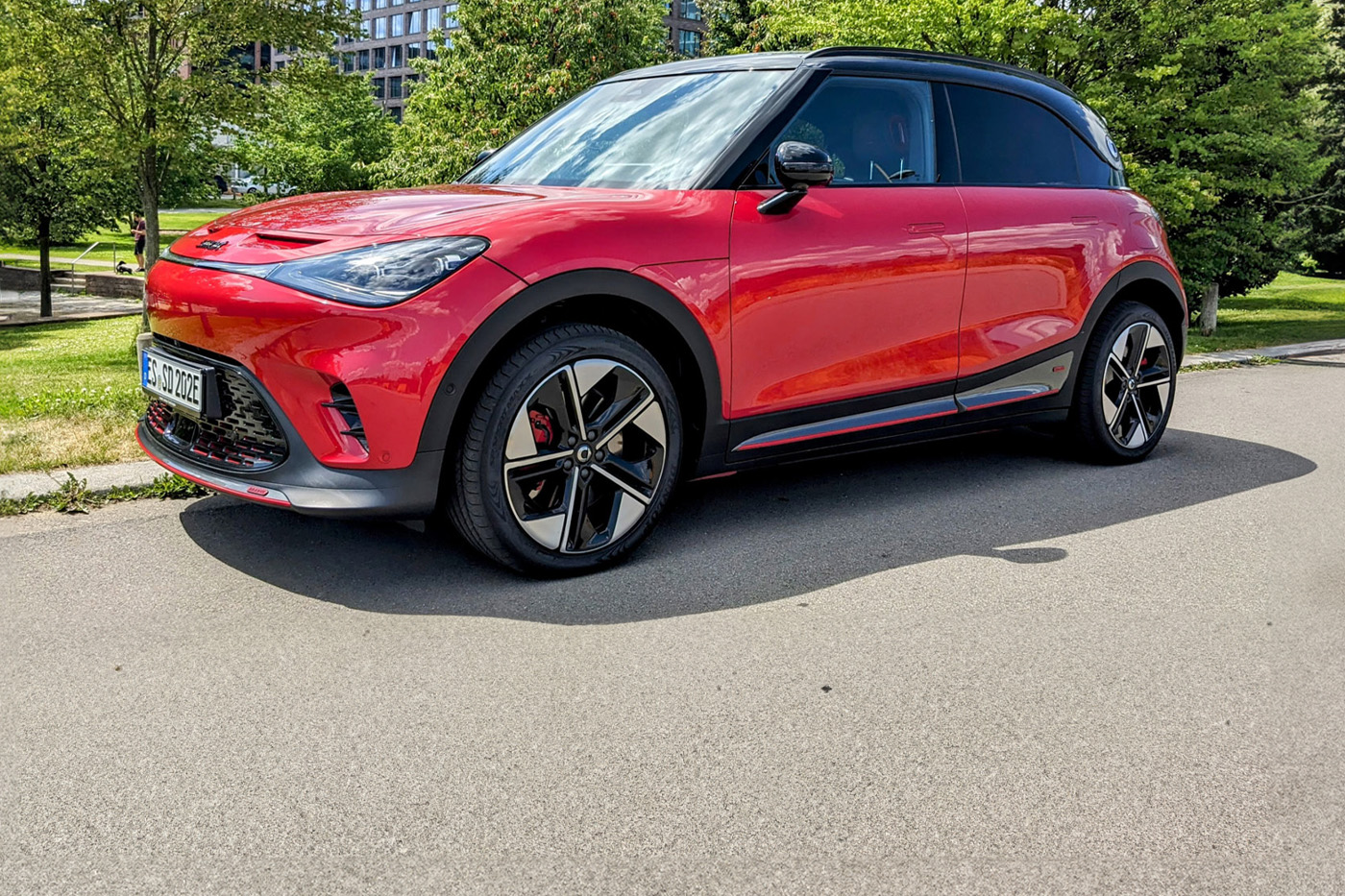
Smart #1 BRABUS finds performance on the way to new brand identity
Wow, it’s a blast! The Smart #1 BRABUS accelerates to 100 km/h in 3.9 seconds. That feels close to a Tesla Model 3 Performance. In this class, 315 kW of drive power, 543 Newton meters of torque and all-wheel drive are a unique selling point. And this class, these are the compact electric cars in the C-segment: the Volkswagen ID.3, the Renault Megane E-Tech or the Peugeot e-2008. Smart wants to reinvent itself with the #1. Away from the two-seater parking space seeker, and towards a profitable entry-level brand in the Mercedes dealership.
The Smart #1 is a bit of a compact car but more closely resembles an SUV. The side windows are almost vertical, and the A-pillar is also steep. Then there’s the high roof. The impression of spaciousness is complete. However, space is tight in the trunk (313 litres) and in the frunk (15 litres). The shape of the body is idiosyncratic, a kind of mini EQB (see taillight strip and basic proportions) with playful design elements. The search for a new brand identity is palpable.
Cooperation with Geely
Mercedes produces the #1 in a joint venture with the Geely Group in China. This Smart is interesting, among other things, because the Volvo EX30 and the Zeekr X share the same technical basis: The net energy content of the traction battery is 62 kilowatt-hours. An entry-level variant with 49 kWh and LFP instead of NMC cells could perhaps follow. The LFP version can already be ordered from Volvo and costs 36,590 euros. Deliveries of the EX30 will start at the end of the year.
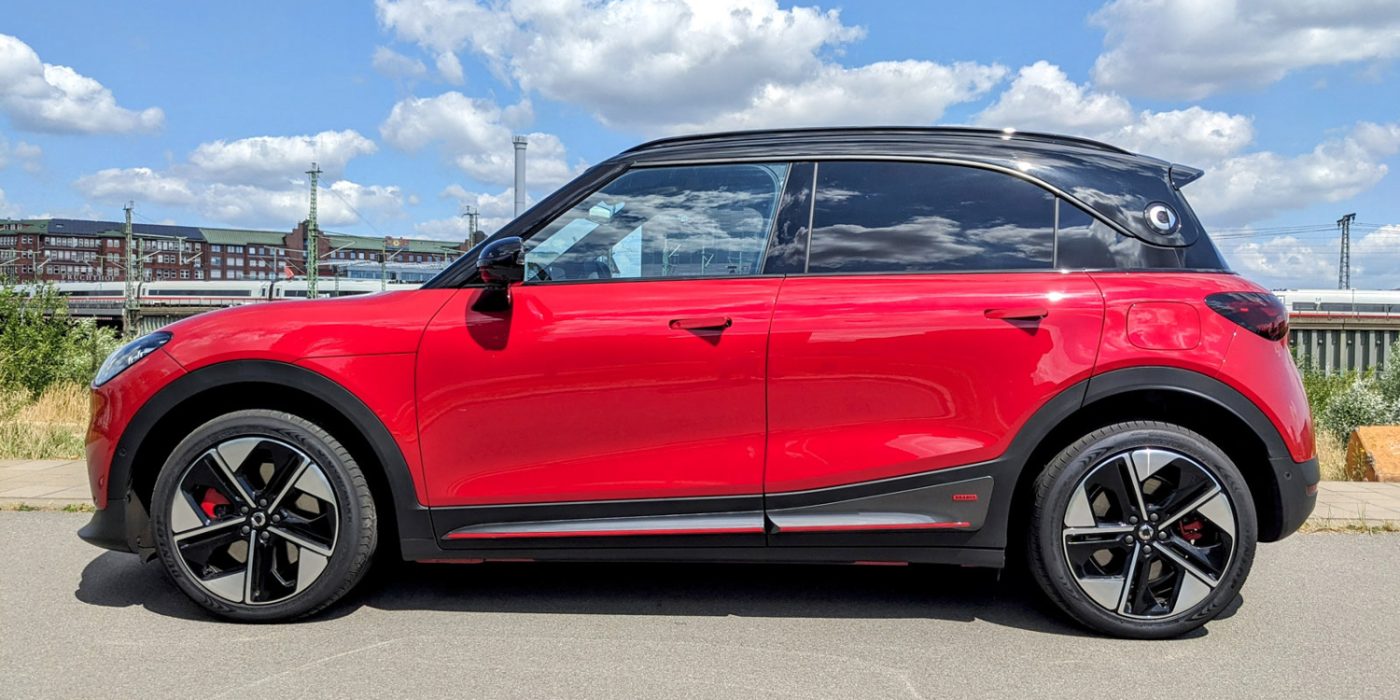
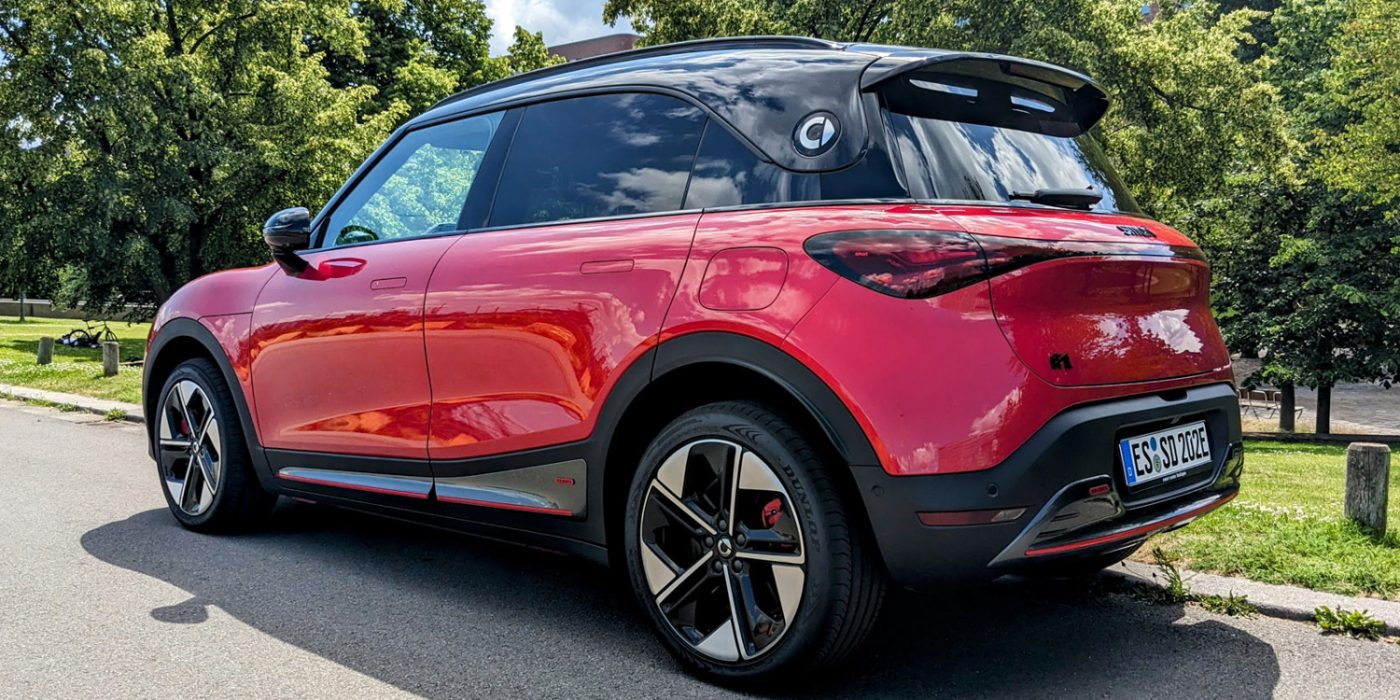
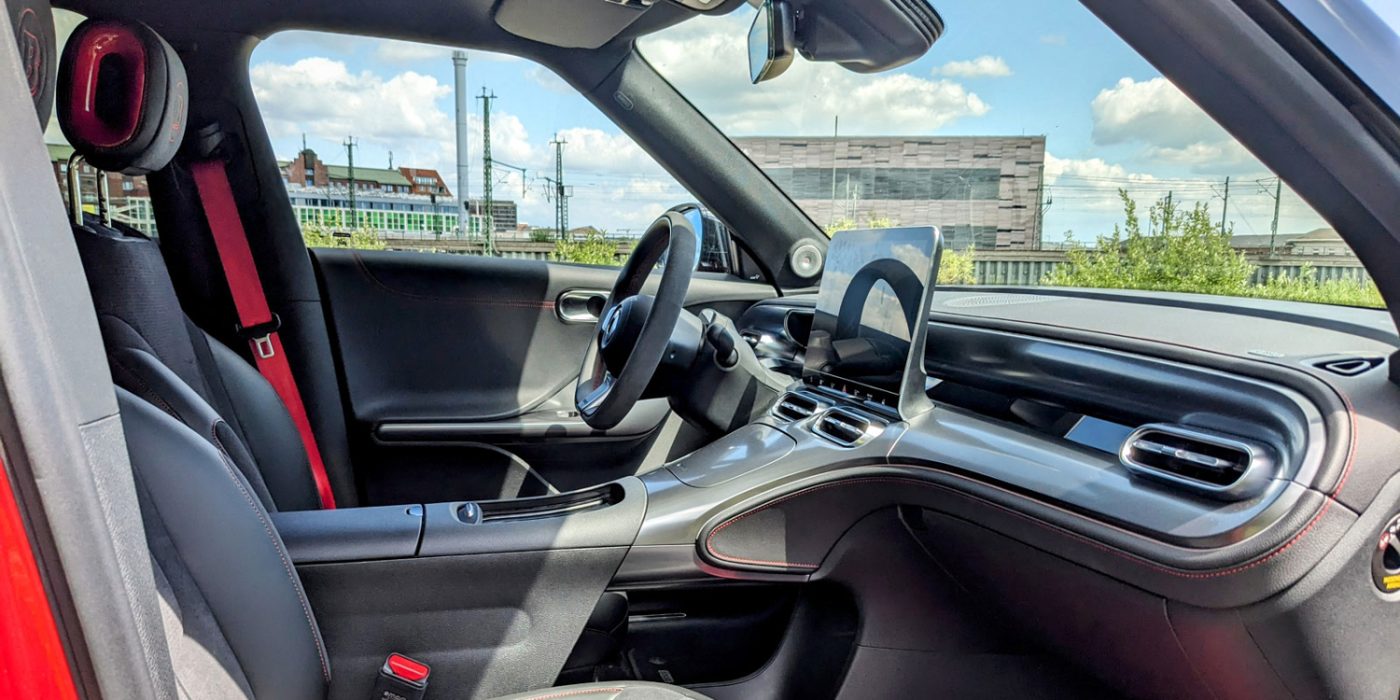
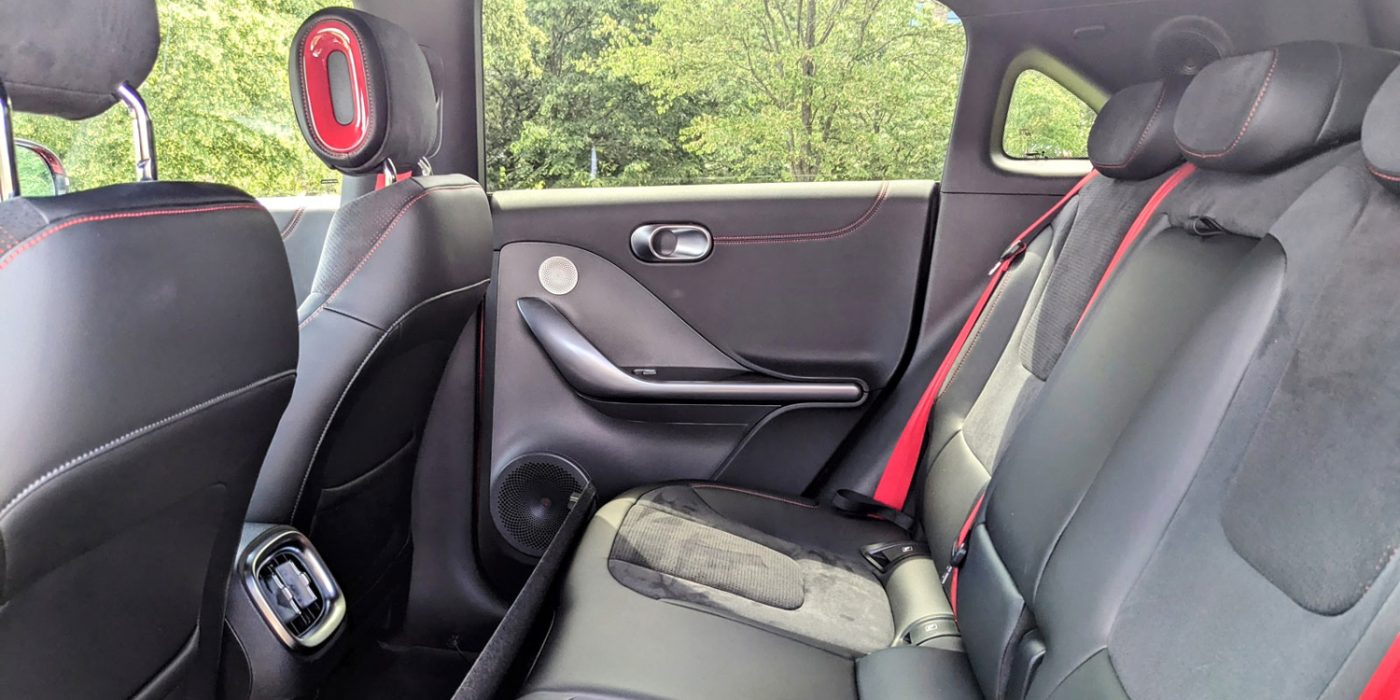
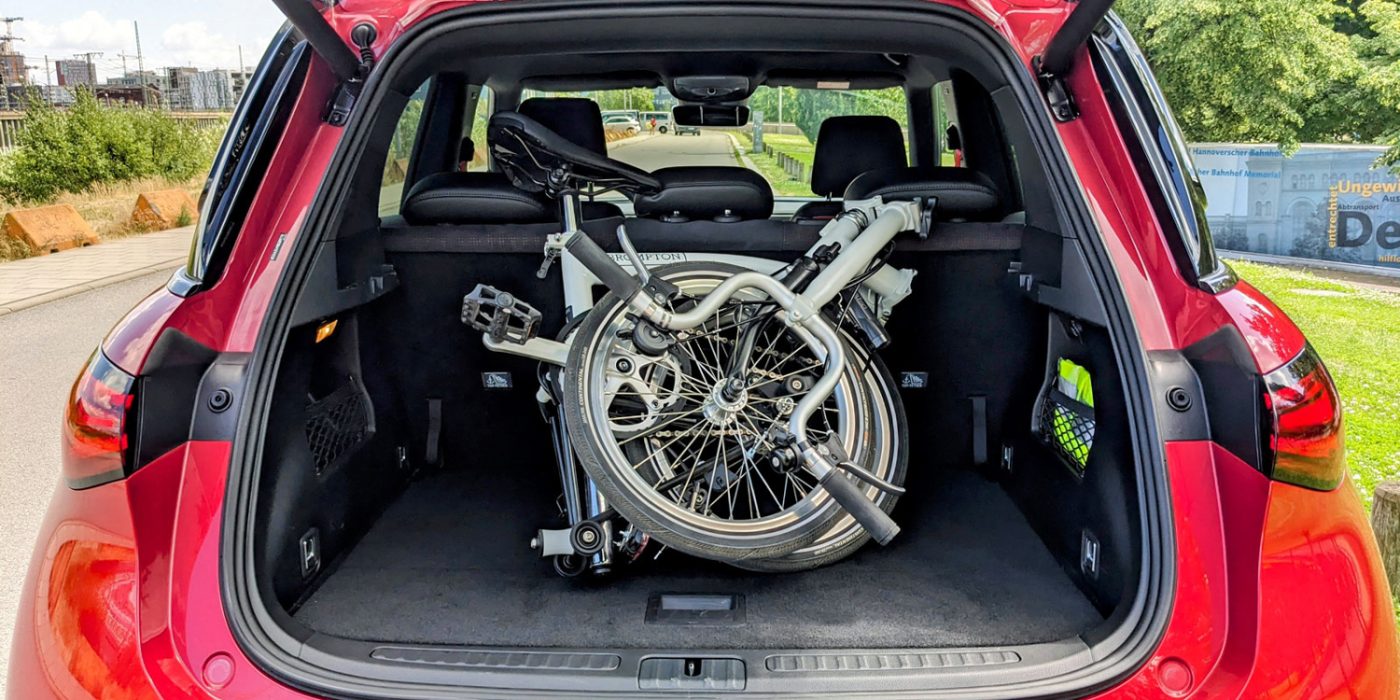
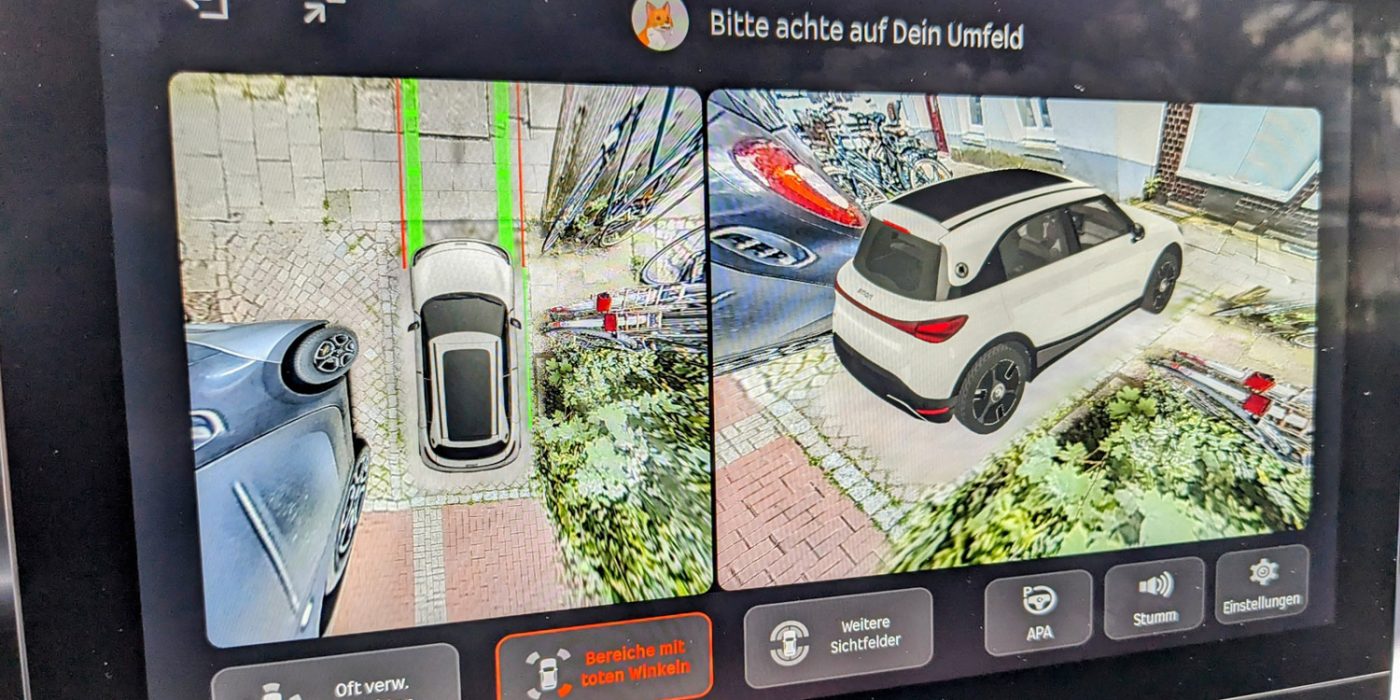
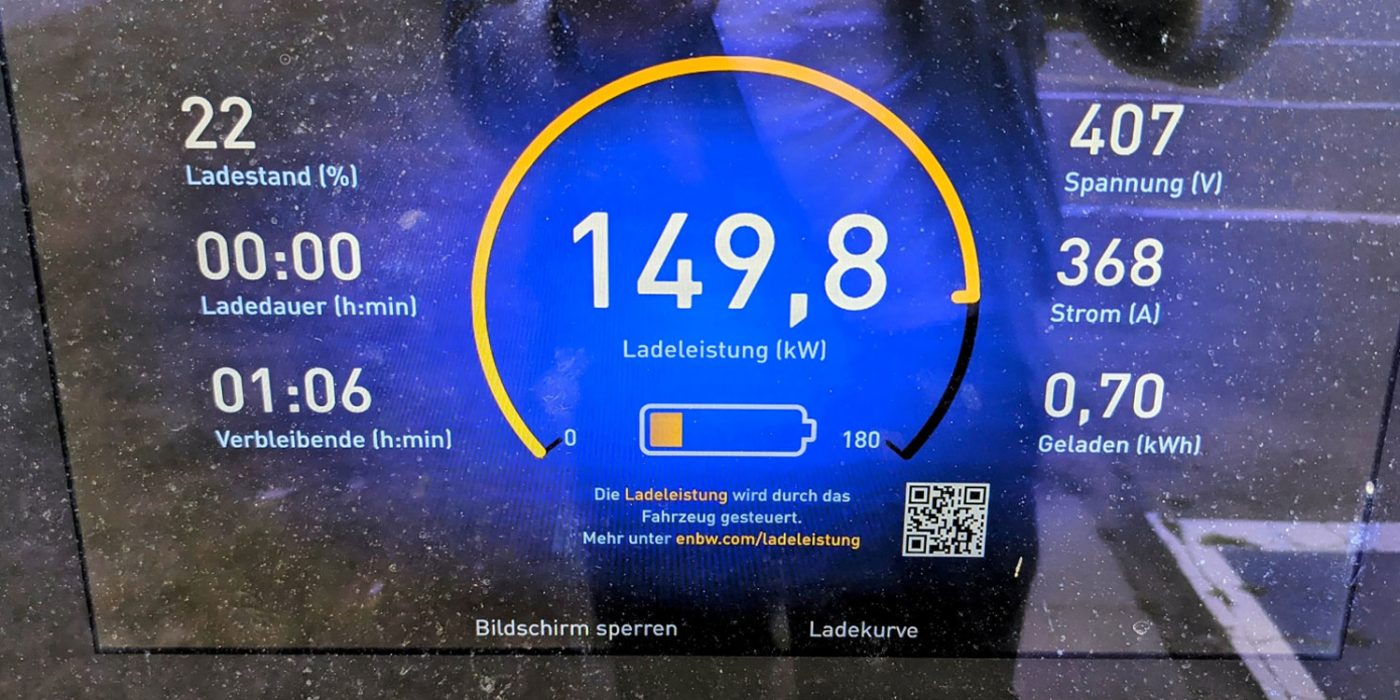
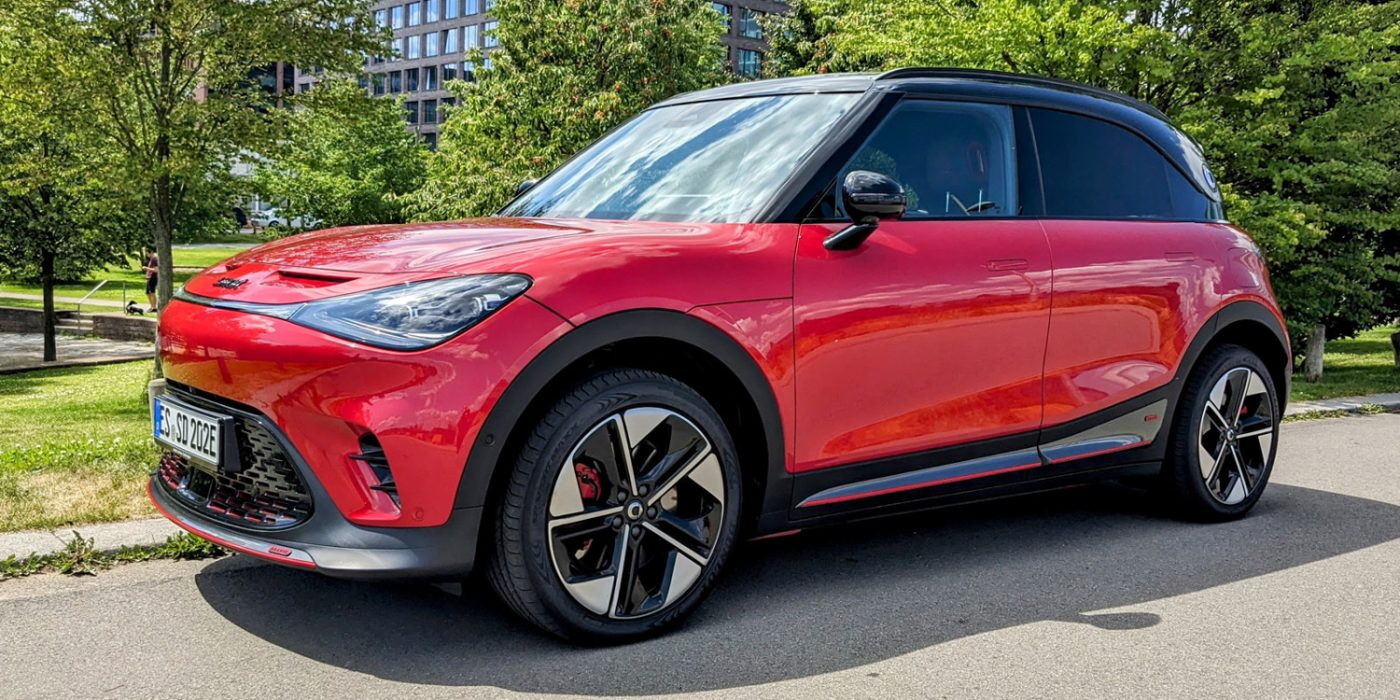
62 kWh in the Smart is enough for 400 kilometres in the BRABUS (our test car) and 440 kilometres in the Premium trim and Launch Edition, both of which have rear-wheel drive exclusively, according to the legal WLTP. In the mixed profile, the Smart #1 consumed 19.3 kWh/100km, which results in 321 kilometres of real-world range. It doesn’t get much less than that because the external conditions were already favourable. We were also on the highway; values around 15 kWh/100km were also readable in interurban operation. In contrast, we only succumbed to the temptation to use the engine power a few times. Nobody needs that much power, but nevertheless, it is gladly bought.
Good charging performance, preconditioning only after update
Independent of the equipment version in the Smart #1 is the charging curve. The factory specification for the hub from ten to 80 per cent is “less than 30 minutes,” and this value was achievable. Peak power is around 150 kW at DC charging stations, which is more than Volkswagen’s MEB vehicles, for example. AC-wise, the standard 22 kW charger was very pleasant.
One more note on DC charging: Smart #1 has since added true preconditioning as part of the route planner to the #1 via update. The first vehicles were still delivered without this function, so now there should be no cutbacks in the charging park even in cold weather.
Minor software flaws
The Smart #1’s software needs further updates anyway. There are no serious flaws, but there are a number of minor ones. For example, it’s annoying when the navigation system tells you to go straight on every exit on the highway. The voice output has poor grammar and the voice control still doesn’t work in many cases. These are probably only weaknesses in the software and not in the hardware because the operating system itself works quickly.
Two other aspects were unpleasantly noticeable, of which it is unclear whether they were perhaps due to an early build number of the test car: The skilful and high-quality choice of materials contrasted with clear creaking noises on bad roads. In addition, an annoying humming frequency could be heard, especially between 60 and 90 km/h.
The overall comfort on the other hand is really good. The suspension tuning is also clean and better than in the Tesla Model 3 Performance mentioned at the beginning. Presumably, the less potent variants of the Smart #1 with less wide tires are even smoother on the road.
Touch and key operation combined sensibly
Before we get to the price, a word about the operation: A lot here is reminiscent of Tesla. Starting via the foot on the brake pedal, adjusting the steering modes via menus in the central display or adjusting the exterior mirrors, which is also done there. There are also a few useful hard keys and a rotary switch for the windshield wiper. The whole thing is well thought out and functional.
The Smart #1 BRABUS costs at least 48,990 euros. Measured against the performance potential, that’s a bargain. Unfortunately, there’s not much room for improvement – 41,490 euros for an electric car that offers less space than a VW Golf is a lot of money. Probably only the version with LFP cells will have a three right up front.
But it’s still fun to drive. If Smart #1, then BRABUS.

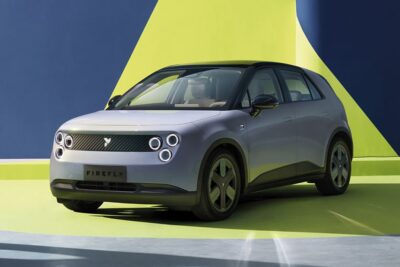
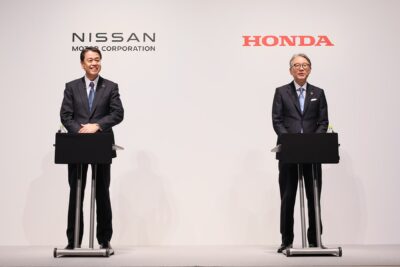
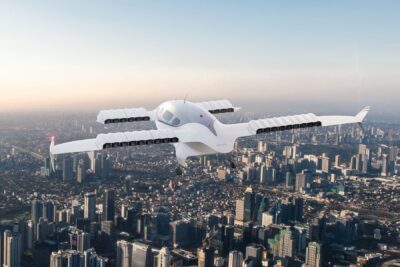
0 Comments